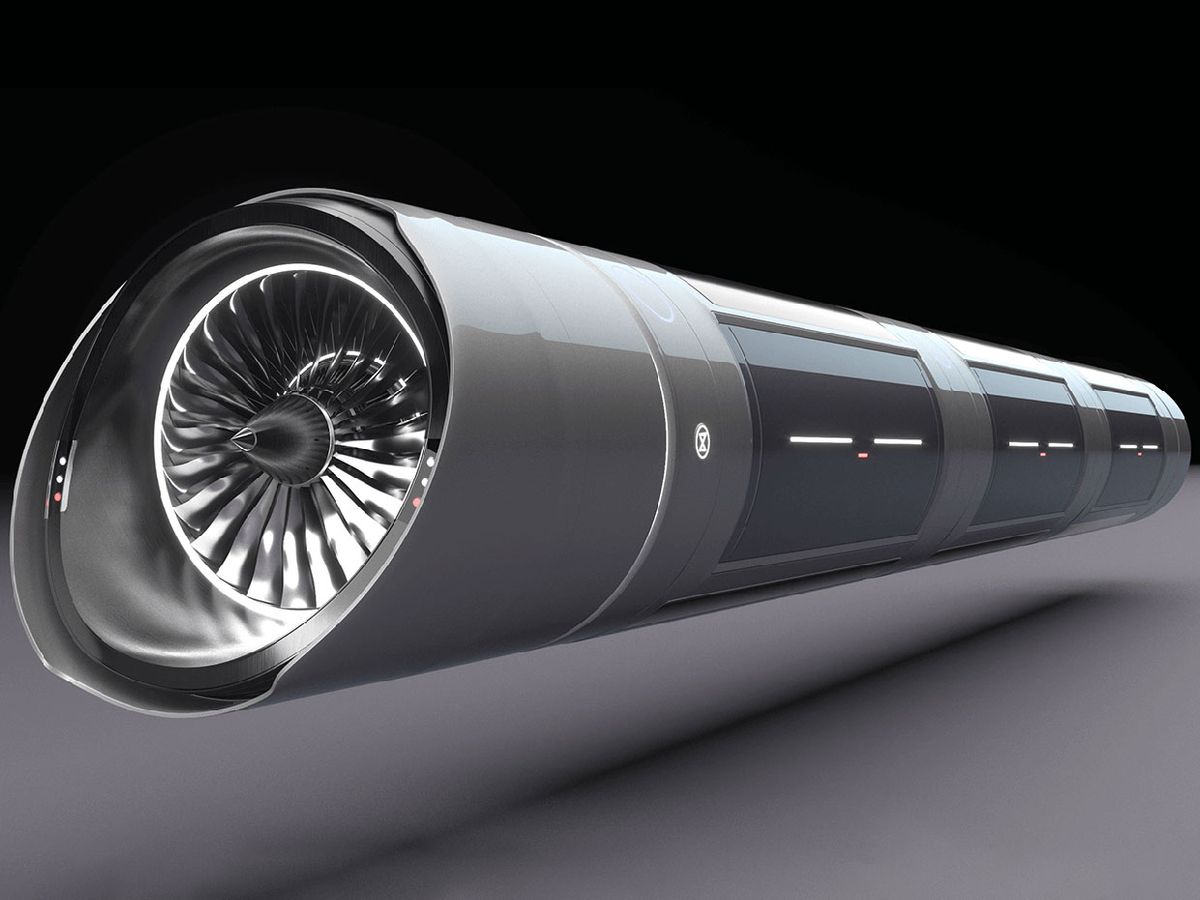
Just two years ago, industrial engineer Juan Vicén showcased his university team’s hyperloop concept at an event hosted by SpaceX, the pioneering Silicon Valley space startup. But when Vicén discussed the status of the technology on Wednesday at MWC Barcelona (formerly called Mobile World Congress), he was onstage with veterans of Europe’s rail industry.
The change in scenery shows how reality has brought hyperloops down to Earth—a necessary step for any new transport technology. Hyperloops are a futuristic idea whose fame emerged from the enthusiasm of SpaceX CEO Elon Musk. The concept involves building an airless tube where a pod can carry people or cargo at near supersonic speeds.
The MWC conversation also underscored how legacy operators, such as Spain’s former rail monopoly, Renfe, and its former telecoms monopoly Telefónica, are grabbing onto young innovators in a bid to monitor and capitalize on an uncertain idea that is attracting bright minds and venture capital.
Meantime, the European research community, and rail companies and regulators are trying to establish standards for fitting evacuated tubes into existing long-distance rail networks before each company and country adopts its own approach, as they did with rail more than a century ago. Spain and France, for example, which neighbor each other and are both members of the European Union, have different rail widths, voltage standards, and operating rules.
“Nobody thought that the countries that would form the European Union would connect their rail networks in the future,” said David Villalmanzo of the International Union of Railways. “So hyperloop startups should be thinking about that now, by way of some European framework, to discuss prestandardization of some technical things.”
Vicén and two other young engineers from Polytechnic University of Valencia’s student hyperloop competition team founded Zeleros in 2016, and after bouncing among several startup incubators, landed at one hosted by Renfe and Telefónica, called TrenLab. Zeleros is now preparing a medium-scale model of its prototype vehicle for testing on a 2-km track in Sagunto, Spain.

The company’s next step will be to build and test a full-size model on a full-size tube, but that may well take place outside Europe, Vicén said. Certain markets are more enticing thanks to the density of people and weak alternative transport options, such as the area served by a planned Mumbai-Pune hyperloop. Another much-touted project is the proposed Dubai-Abu Dhabi line, which claims it will be the first to market when it opens in 2020.
And despite Europe’s transferrable technological expertise in building high-speed trains, aircraft, and infrastructure, its regulatory environment will take longer to navigate, Vicén predicted.
Mechanical engineer Juan de Dios Sanz of the Universidad Politécnica de Madrid said Europe’s regulatory approach makes it somewhat weaker in the short term for this kind of innovation but perhaps more robust in the longer term. He also pointed out that, despite the desire for Europe-wide cross-compatibility, there are already local initiatives for hyperloop concepts in the works, such as for the Bratislava-Budapest-Vienna corridor.
“It’s not possible to wait” for consolidated standards at the European level, Dios said. Indeed, industrial giants such as Tata Steel are already supplying hyperloop projects, partly via an agreement with Zeleros, Hardt, and other manufacturers, who last year announced a voluntary agreement on at least some standards.
Hardt is hiring someone to help it manage those standards and lobby for a European directive on hyperloops—anyone who speaks French, German, Spanish, and Dutch is a shoo-in.
The tension between agreeing on rules and promoting innovation is very much present in these early days for hyperloops. By keeping startups close via initiatives such as TrenLab, legacy companies with deep pockets can keep an eye on how the technology—and the standards—evolve while they decide which hyperloop train to catch.
Lucas Laursen is a journalist covering global development by way of science and technology with special interest in energy and agriculture. He has lived in and reported from the United States, United Kingdom, Switzerland, and Mexico.



